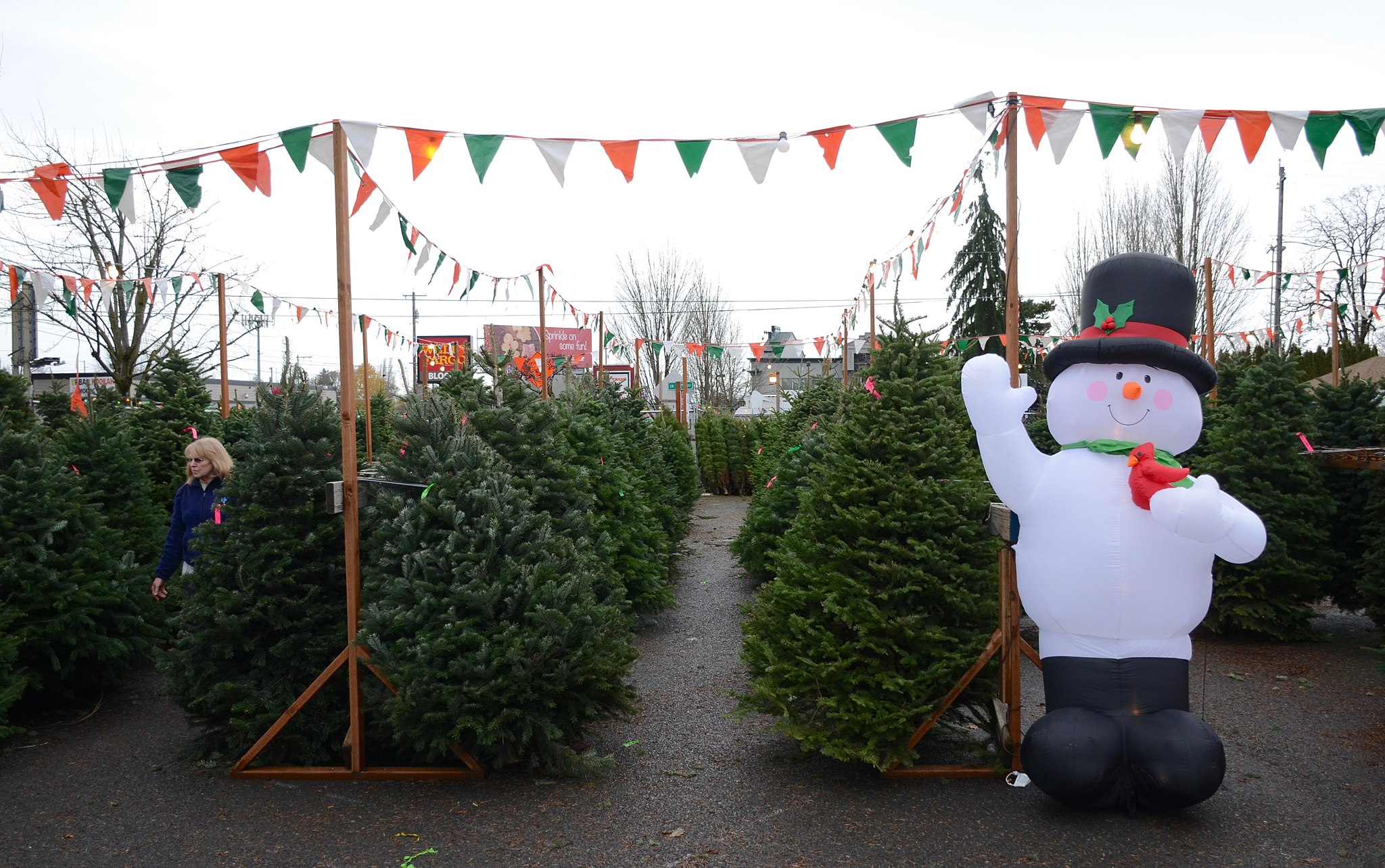There’s no question that the holiday season of 2021 has felt a little less merry. Perhaps not as gloomy as 2020, but the Covid pandemic is still around and more unwelcome than last year’s fruitcake. We not only have a shipping crisis making it more difficult for consumers to get gifts for loved ones, but there’s a Santa shortage (seriously) and a scarce supply of both real and artificial Christmas trees.
The artificial tree shortage is largely due to the shipping crisis as for the real ones, well, it’s a host of things. According to Fox News, the impact of Covid on the economy led many tree farmers to retire or plant fewer trees, but there are also the effects of climate change.
As Fast Company points out, mother nature can be a real Scrooge when she wants to be. Farmers lost many new seedlings to drought and wildfires across the western part of the United States burned up thousands of mature trees. A family-run Christmas tree farm in northern California, for example, lost 40% of its crop because of the Caldor wildfire. Then there was the disease that spread because of the hot temperatures and wiped out Fraser firs and Scotch pines on both sides of the country.

“It’s gotten to the point where we can’t grow certain species that were the most popular species,” Virginia farmer Frans Kok explained. For farmers, any extreme long term temperature change or unusual weather pattern can devastate a crop.
“It isn’t just that the average temperature is changing, going up. It’s the extremes within that and the extremes in rainfall,” Jim Horst, the executive director of the New Hampshire and Vermont Christmas Tree Association, told NPR. Horst’s farm lost 30% of its seedlings in 2020 because of drought, but this year brought flooding.
Christmas trees need around a decade of growth before they’re ready to be harvested, and Horst isn’t sure what sort of impact climate change could have on the industry. “If I knew what was going to be happening in 8 or 10 years from now, I’d be a wealthy man,” he said. “I’m not a wealthy man.
While the main competition for real Christmas tree farmers has always been makers of artificial trees, the writing is on the wall for many that they’ll need to adapt to climate change. That’s exactly what Rick Zielfelder, the owner of Conroy Tree Farm in Farmington, is doing. The unusual rainfall patterns of 2020, led Zielfelder to begin irrigating his farm – something that tree farmers in the Northeast rarely do. “I was feeling that it was getting hotter, it was becoming drier. That’s why I put some time into researching how I could irrigate my trees,” Zielfelder said.

Just like drought, too much rain can also be bad for the Christmas tree business. “Certain species don’t like their roots wet. And then there are certain funguses and diseases that actually travel around underground with water,” he explained. “There’s always concerns to any of the bookend extremes.”
Naturally, with fewer trees to go around this year, that means a higher price tag for those trees that do make it to the lot. Frans Kok is bumping up the price of his trees by $50.
If there’s any bright side to this, it’s that those folks who are lucky enough to get a Christmas tree this year can actually use it to combat climate change. After the holiday season, rather than putting it out by the curb where it will end up in a landfill and result in methane gas emissions, consider having it recycled into wood chips that you can then use to help with planting a new tree.
Photos via Wikimedia Commons, Pxhere

